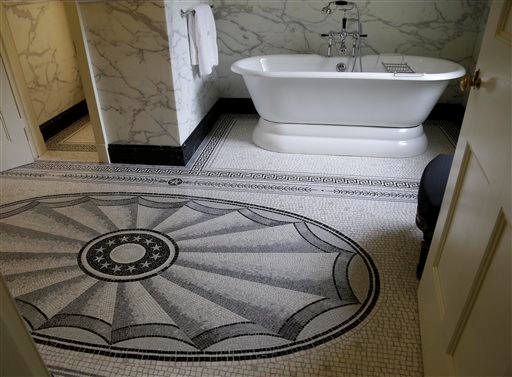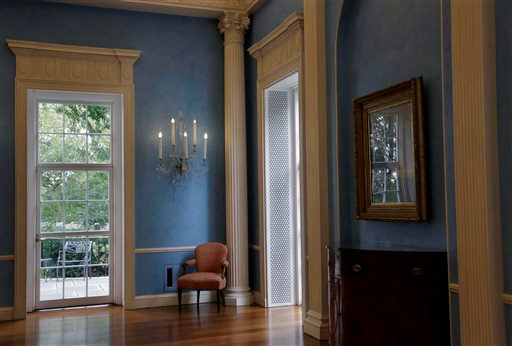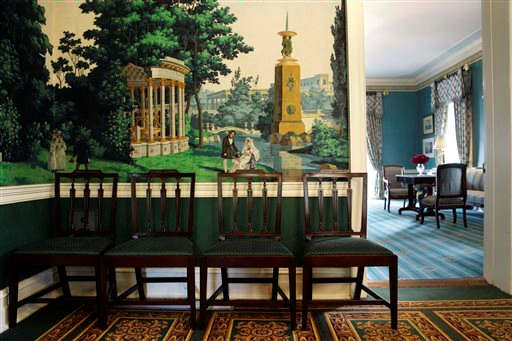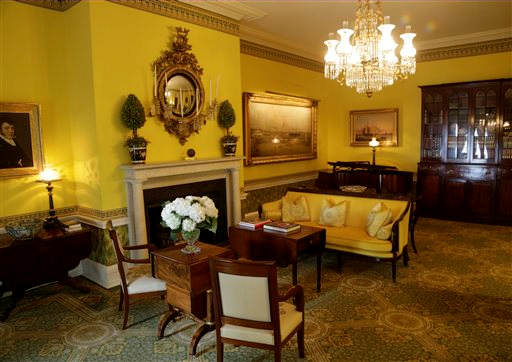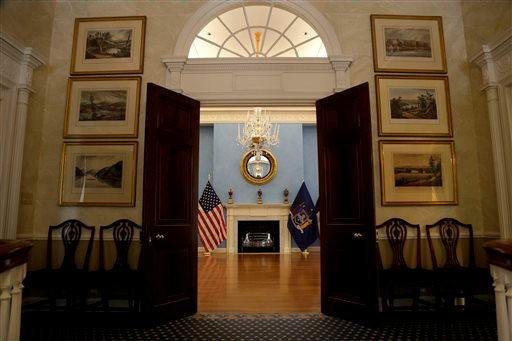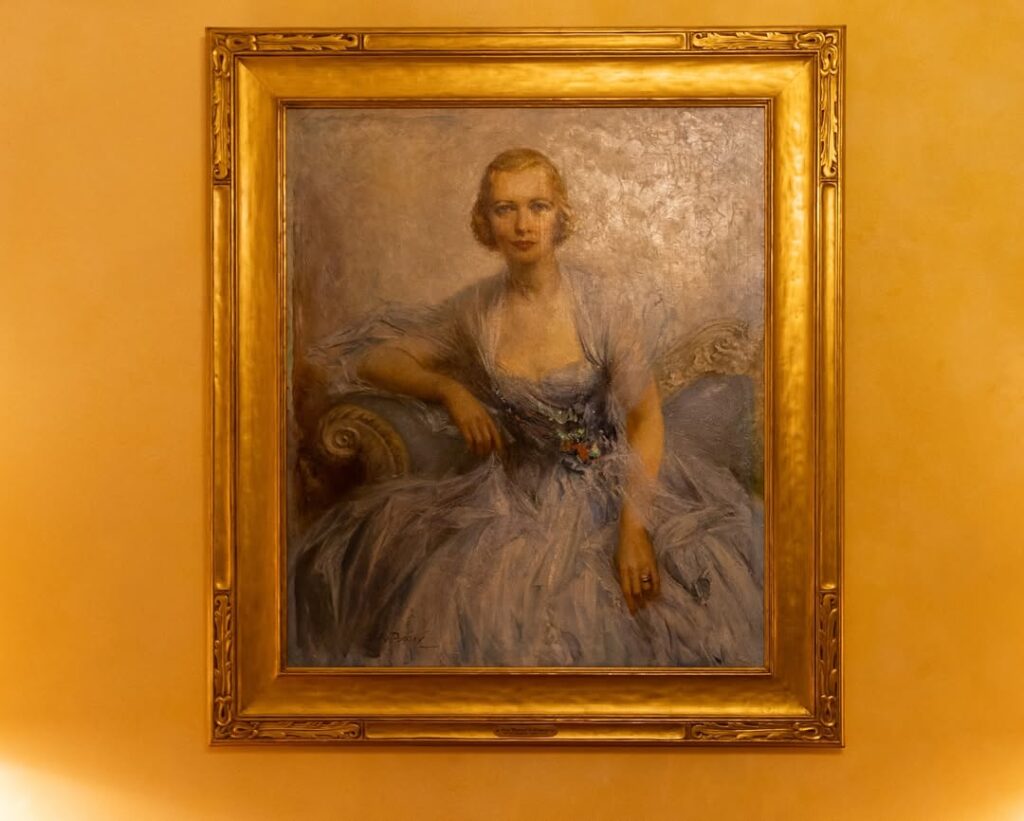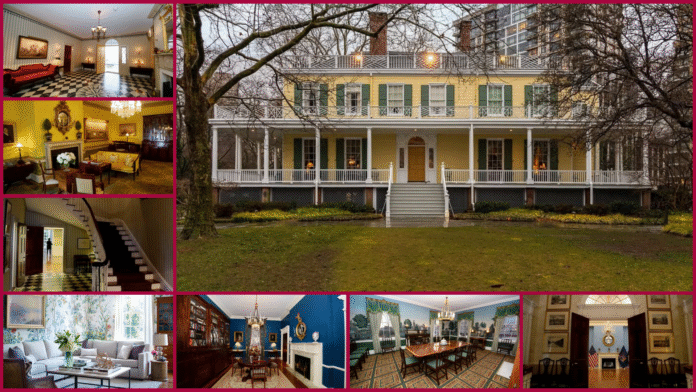Oh, to wander the hallowed halls of an old house with a story! And what a story Gracie Mansion has.
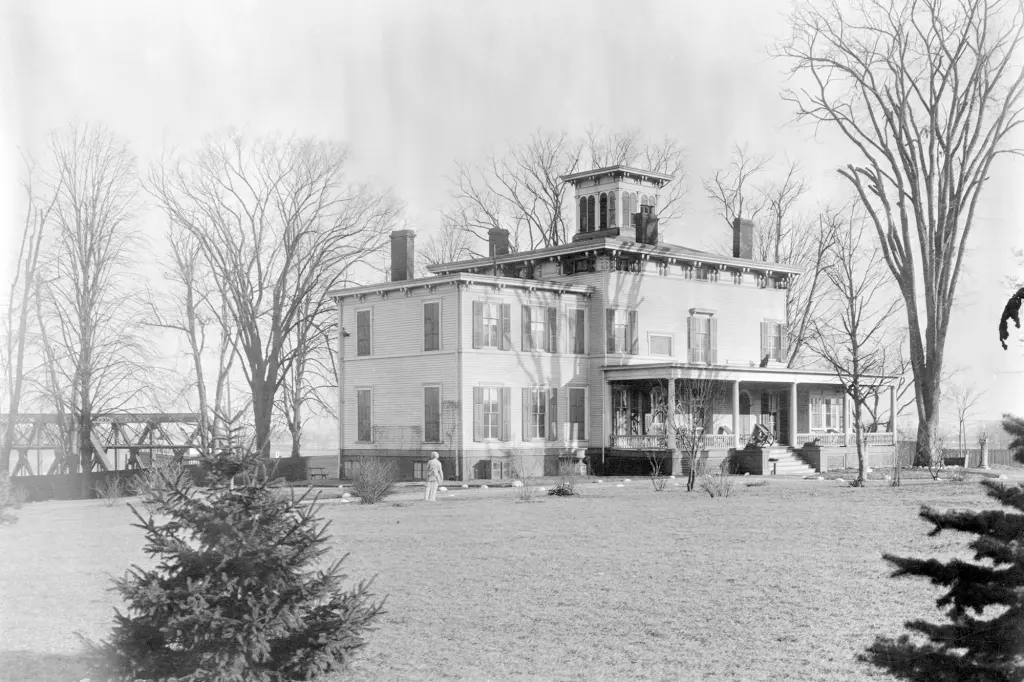
As an old house enthusiast, I can tell you, there’s a special kind of magic in a home that has witnessed centuries of life, and Gracie Mansion, nestled on the picturesque East River, is brimming with that very enchantment.
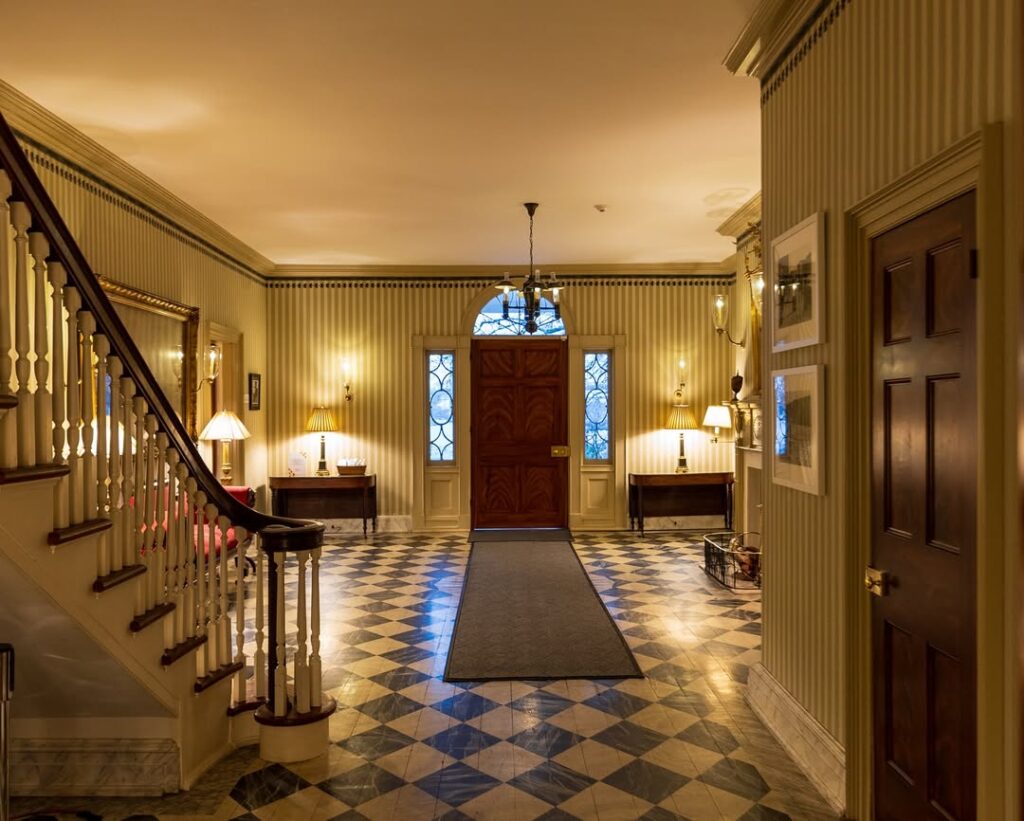
Built in 1799, this Federal-style gem has served as the official residence of the Mayor of New York City since 1942. But before it was a political powerhouse, it was a family home, and you can still feel the echoes of its past within its sturdy walls.
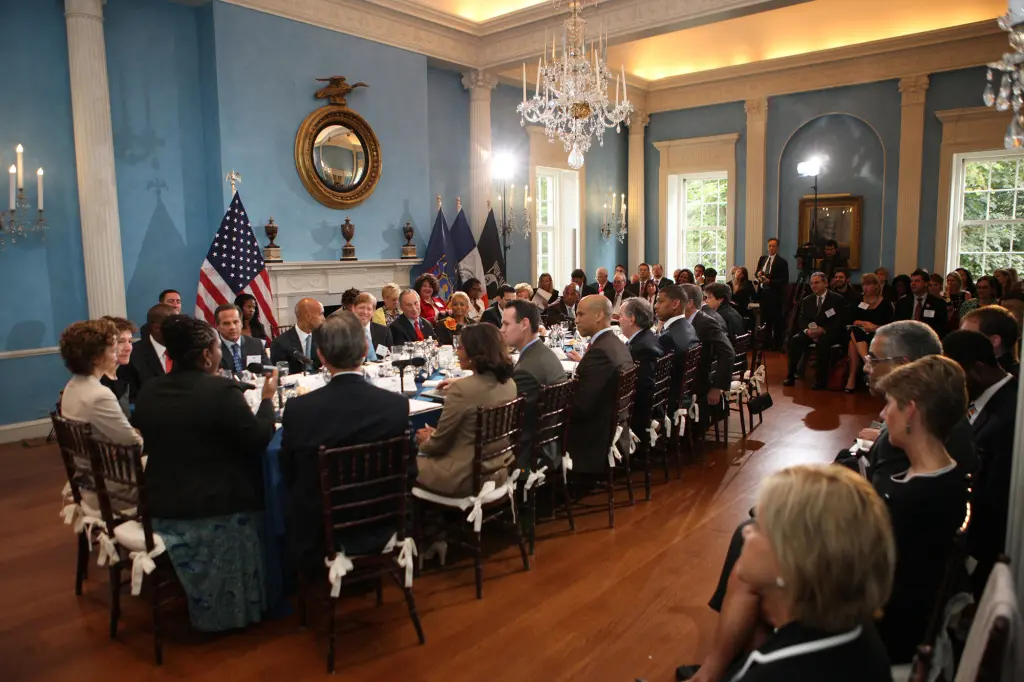
Imagine stepping through the grand entrance. You’re immediately greeted by the warmth of a bygone era. The floors, likely original wide-plank wood, would creak ever so slightly underfoot, a comforting symphony of age.
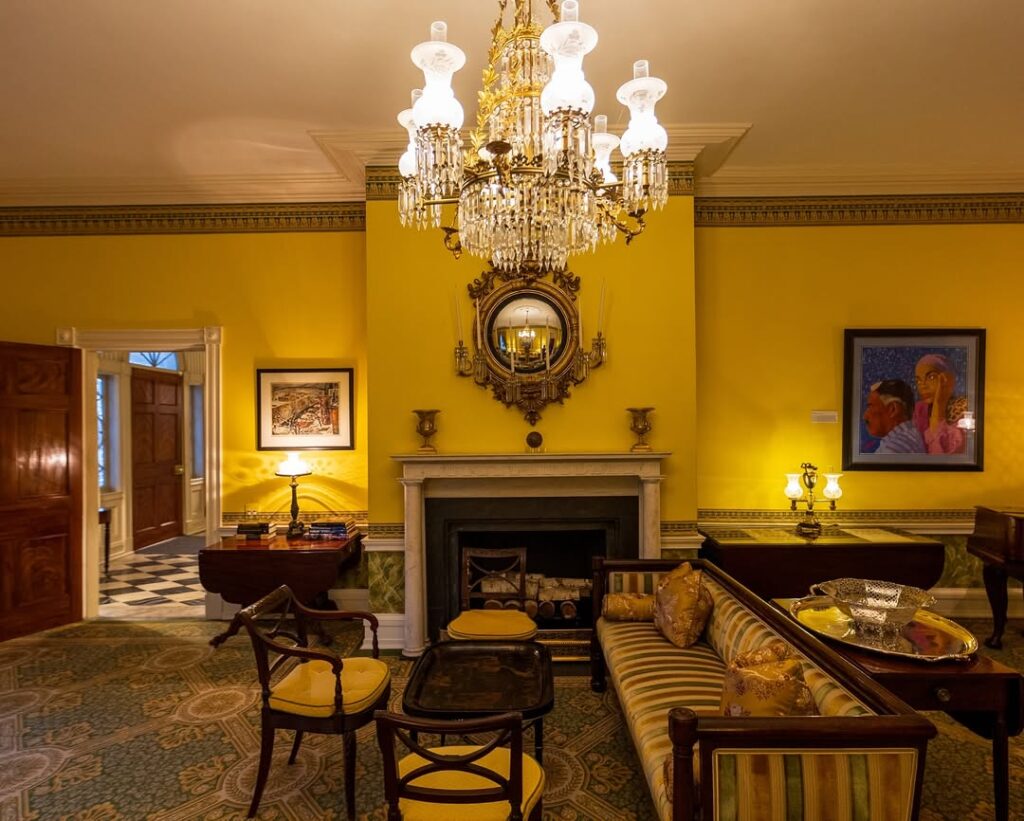
The foyer, elegant yet welcoming, might boast a beautiful antique console table, perhaps topped with a gleaming silver tray for calling cards, or a vibrant floral arrangement adding a touch of living beauty to the historic space.
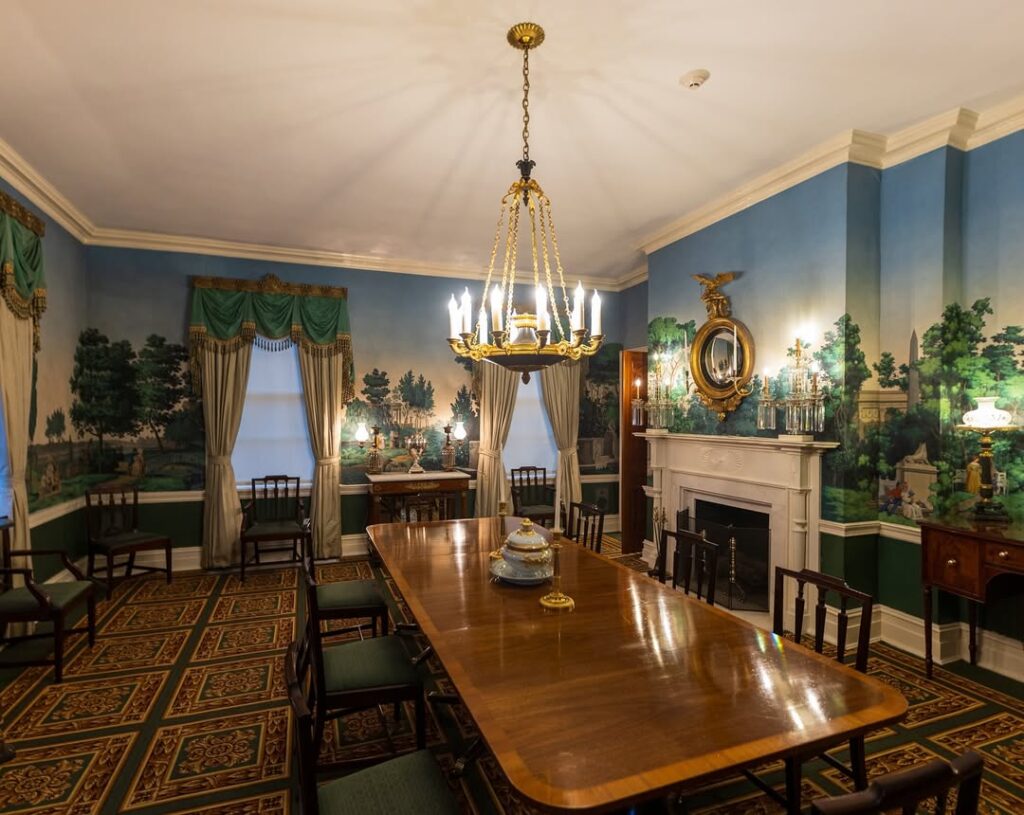
To your left, a formal parlor, designed for entertaining, would unfold. Picture tall, gracefully arched windows letting in streams of natural light, illuminating rich, perhaps damask, wallpaper in a deep jewel tone.
The furniture would be a curated mix of antiques, comfortable yet refined, perhaps a set of elegant Queen Anne chairs or a plush velvet settee.
A grand fireplace, its mantel intricately carved, would be the focal point, hinting at cozy winter evenings. You might even spot a well-preserved portrait of a past resident or a stunning landscape painting, adding to the room’s character.
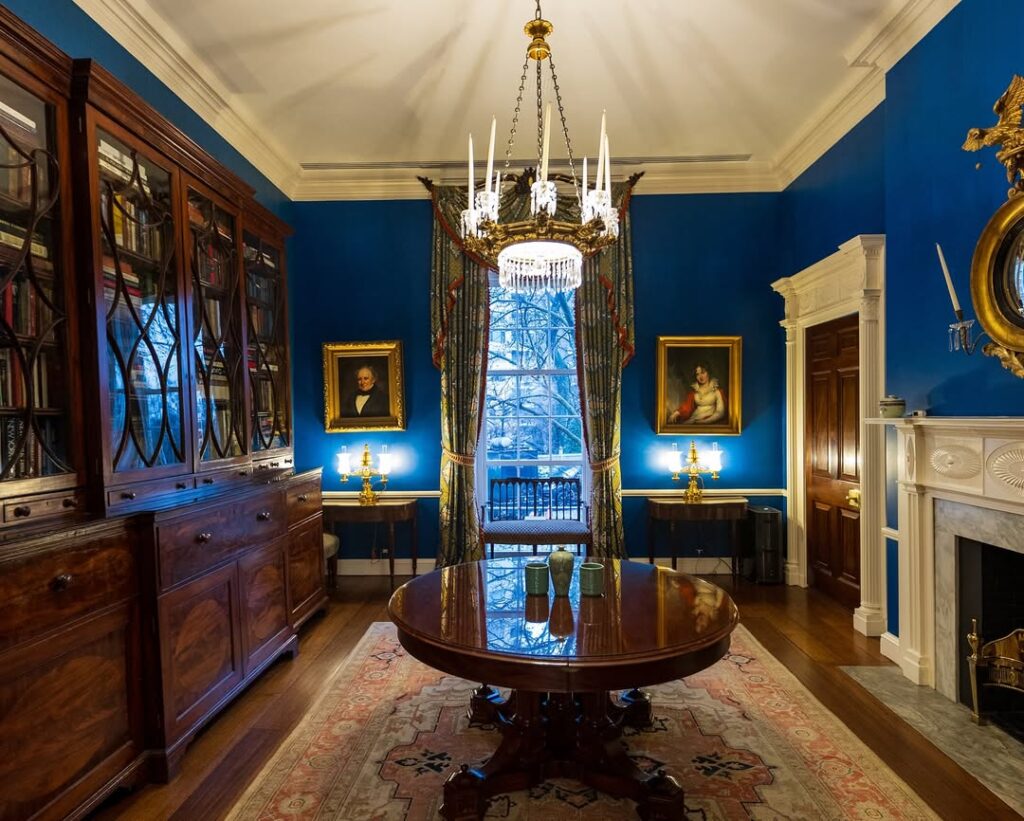
Across the hall, a more intimate library or study would beckon. Imagine shelves upon shelves of leather-bound books, their spines softened with age, exuding that wonderful old book smell.
A sturdy mahogany desk, perhaps with ink stains from years of thoughtful work, would sit proudly, accompanied by a comfortable, high-backed leather armchair, perfect for losing oneself in a good book or contemplating the city’s future. The lighting would be subdued, perhaps with a classic brass desk lamp casting a warm glow.
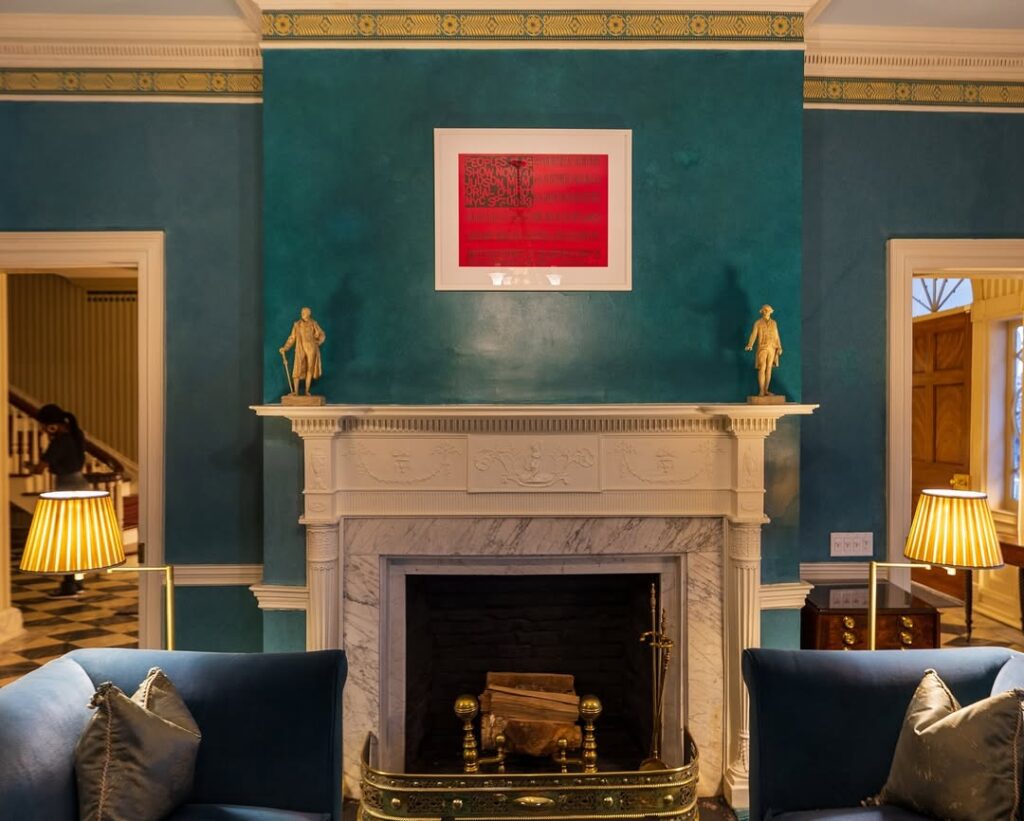
As you ascend the grand staircase, its banister smooth from countless hands, you can almost hear the whispers of history.
The upstairs would house the private quarters, each bedroom a sanctuary of comfort and tradition. Think of spacious rooms with high ceilings, perhaps adorned with delicate crown molding.
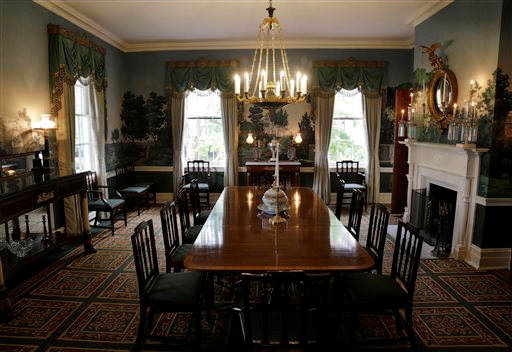
Four-poster beds draped in crisp linens, antique dressers with polished brass handles, and cozy armchairs invite relaxation.
The windows in these rooms would offer breathtaking views of the East River, a constant reminder of the city’s vibrant pulse just beyond the tranquility of the mansion.
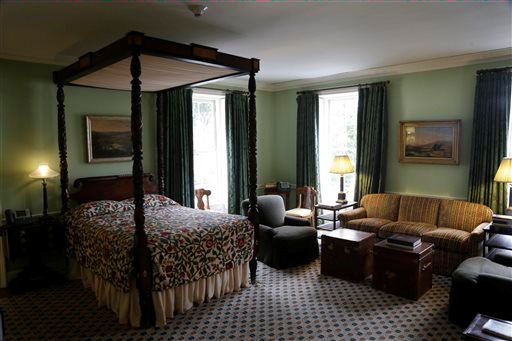
And let’s not forget the details! Ornate door hinges, delicate glass panes in the windows, original brass light fixtures, and perhaps even hidden nooks and crannies that only an old house can offer.
Every element would speak of a time when craftsmanship was paramount and homes were built to last for generations.
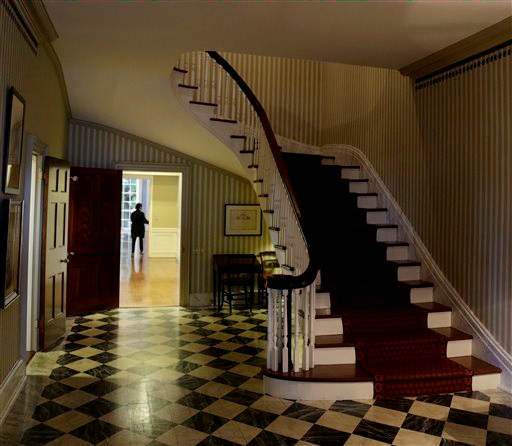
Gracie Mansion isn’t just a house; it’s a living museum, a testament to New York City’s enduring spirit, and a true delight for anyone who appreciates the beauty and stories held within old walls.
Interesting facts:
Mayor Michael Bloomberg, under the guise of being an anonymous donor, gave $7million to restore old Federal-style mansion.
The mansion sits on the site of another home that was commandeered by George Washington during the Revolutionary War.
The kitchen was redone to the tune of $1.25million – money that was raised by the conservancy.
The site was purchased in 1646 by Dutch farmer Sybout Claessen, who called his land Horn’s Hook after his hometown of Hoorn, Holland.
Gracie Mansion was enlarged in 1966 with the addition of the Susan E. Wagner Wing, which includes a grand ballroom and two intimate reception rooms.
In 2002, the interior and exterior were again restored, and the house was transformed into the ‘People’s House’ with increased accessibility to the public and to City agencies.
The mansion was built in 1799 by a successful merchant named Archibald Gracie in a location that, at the time, was in the countryside more than 5 miles north of New York City.
It changed hands several times until it was seized by the city in 1896 after the owner failed to pay taxes.
It briefly housed the Museum of the City of New York, but in 1942, powerful Parks Commissioner Robert Moses designated it the official residence of the mayor, prompting Fiorello LaGuardia to move in.
